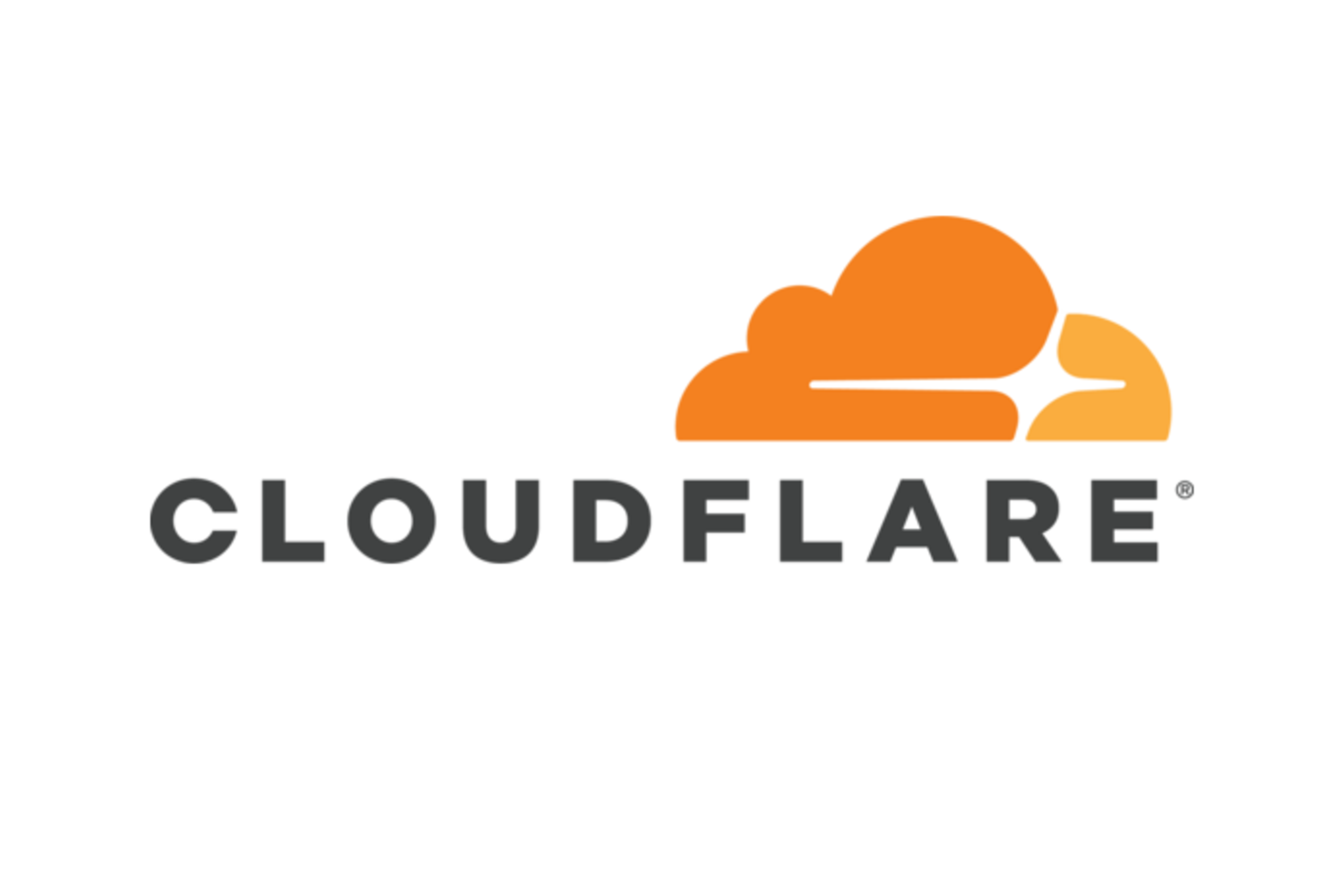Yet Another Cloud Outage Leads to Downtime for Many
It has been a rough month for those who rely upon the cloud. On October 20 Amazon Web Services (AWS) suffered a significant, long-lasting outage. That was quickly followed up by meaningful Microsoft Azure downtime, taking out 365, Xbox, and Teams for hours on October 29.
Now it is the November 18 Cloudflare outage, which looks like it lasted 3 hours, taking down a wide swath of the internet with them, from major social media platforms to enterprises and even The Register, which has a well-earned reputation as the place to go to learn about such events. CloudFlare claims to protect 20% of internet traffic, based on the impact from their issues, which seems like an accurate number.
Many who suffered downtime during the CloudFlare outage were not aware that they have exposure to the service provider, as it can be difficult to know the complete list of “vendors/providers of your vendors/providers” that can cause an outage upstream.
Look, we know we’ve been writing about outages and downtime a lot, with here and here being just the most recent posts. We’ve shared more than a dozen pieces on the topic in the past couple of years. We’d rather not, but the service interruptions just keep happening. Yes, we’re starting to sound like a broken record, but when cloud outages stop happening we’ll stop writing about them, though neither occurrence seems likely.
If you’re in the cloud avoiding outages may be out of your hands. But there are specific, actionable strategies to maintain control of your own infrastructure and mitigate the risk of cloud provider-caused downtime for you and your customers. The Direct LTx white paper: Maintaining High Availability: 9 Critical Steps to Take for Disaster Recovery Success, provides action items to maximize customer uptime. Download today by clicking here. If you’d like to discuss improving your disaster recovery stance email us at strategy@DirectLTx.com to schedule a conversation.

